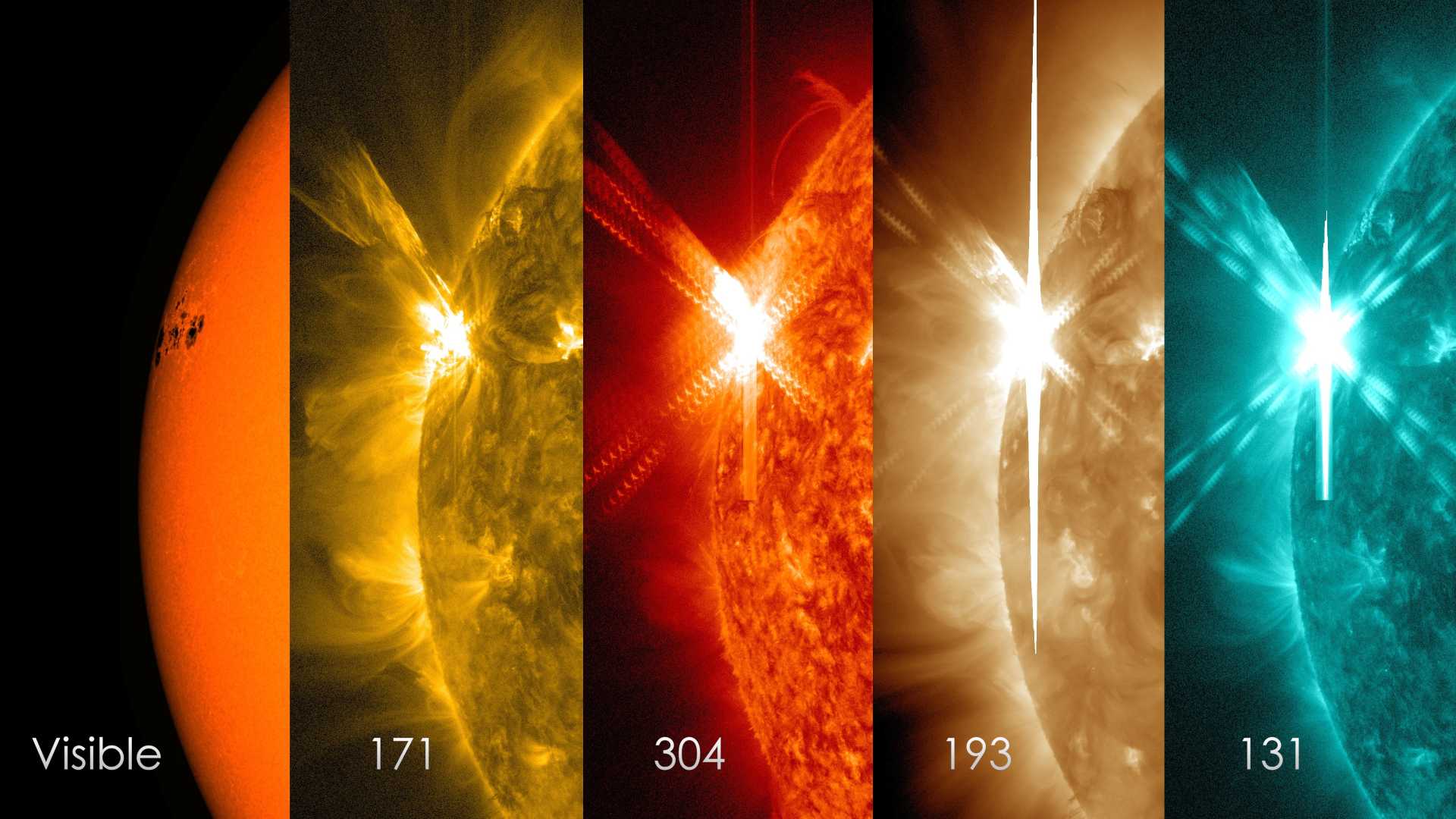News
Powerful Solar Flare Causes Radio Blackouts Worldwide

Washington, D.C. — The sun unleashed powerful solar activity on May 14, 2025, causing significant radio blackouts across multiple continents. The eruptions included the strongest flare of the year so far, according to reports from NASA and the National Oceanic and Atmospheric Administration (NOAA).
At approximately 4:25 a.m. EDT, an X2.7 class solar flare erupted from sunspot region AR4087, sending a wave of X-rays and extreme ultraviolet radiation towards Earth. This event was preceded by an M5.3 class flare earlier that day, intensifying concerns about potential ongoing solar activity.
“Flares of this magnitude are not frequent,” said Shawn Dahl, a forecaster at NOAA’s Space Weather Prediction Center. The X-class flares represent the most powerful category of solar activity, with each class denoting a tenfold increase in energy release.
The flares triggered shortwave radio blackouts, impacting parts of North America, South America, Europe, Africa, and Southeast Asia. The R3-level radio disruptions have been reported by various communication providers as high-frequency signals were affected.
Solar flares can have varying effects on Earth. Dahl noted, “Other than the likelihood of communication degradation, we are unaware of any other likely impacts.” However, these solar activities can also enhance auroras, allowing them to be visible farther south than usual.
The sun has entered a period known as solar maximum, which is characterized by heightened solar activity. This phase is expected to continue throughout the year, suggesting that more solar storms might be in the forecast.
NASA’s Solar Dynamics Observatory captured stunning images of the recent flares, showcasing the dramatic nature of these solar events. As AR4087 rotates towards a position directly facing Earth, scientists are closely monitoring its activity for additional flares.
“This is getting intense,” said an aurora expert on social media. “What does this AR have planned over the next days? We’ll have to wait and see.”
The potential for more solar flares remains high, with NOAA estimating a 65% chance of M-class solar flares and a 30% chance of X-class flares in the coming days.












